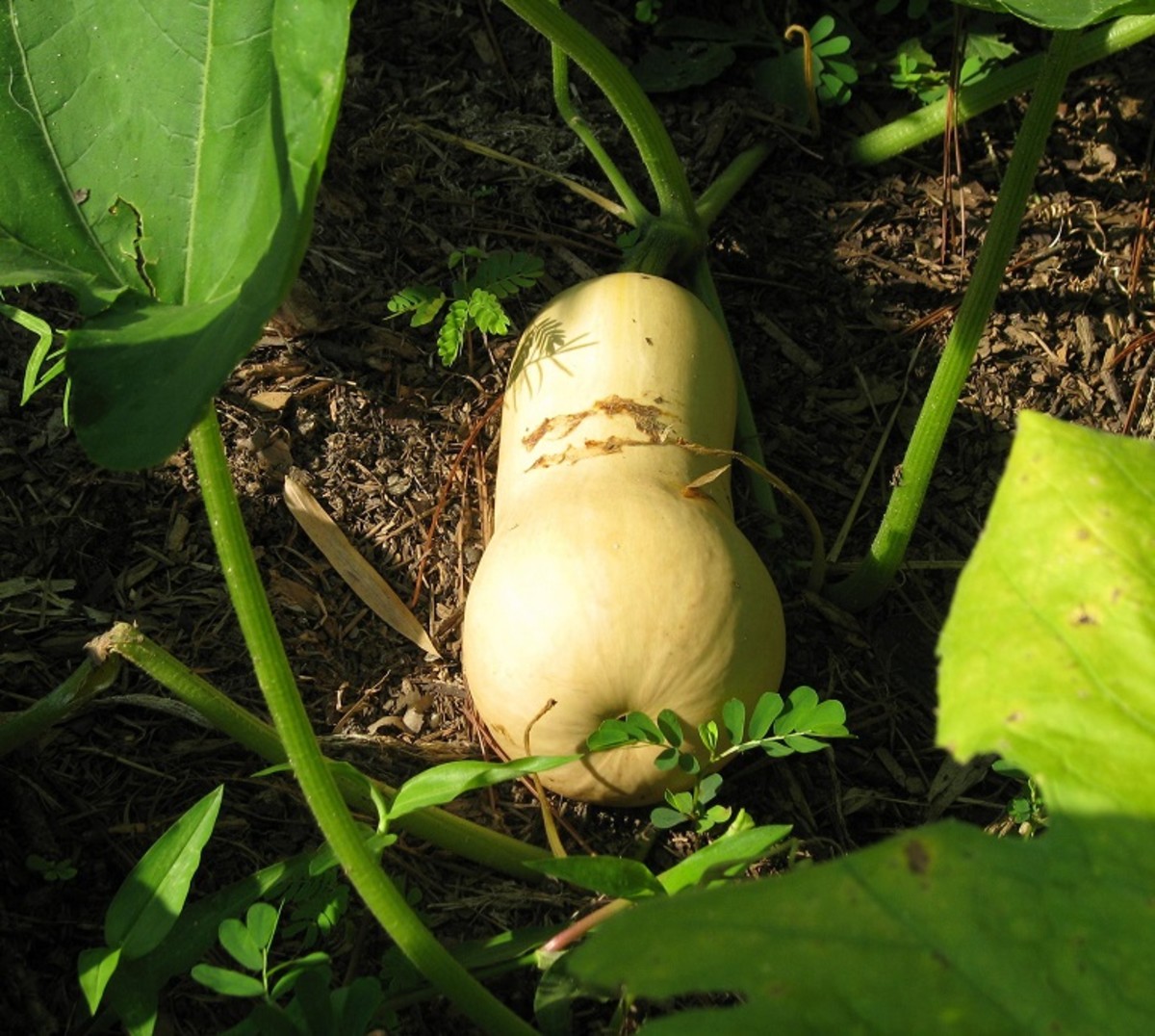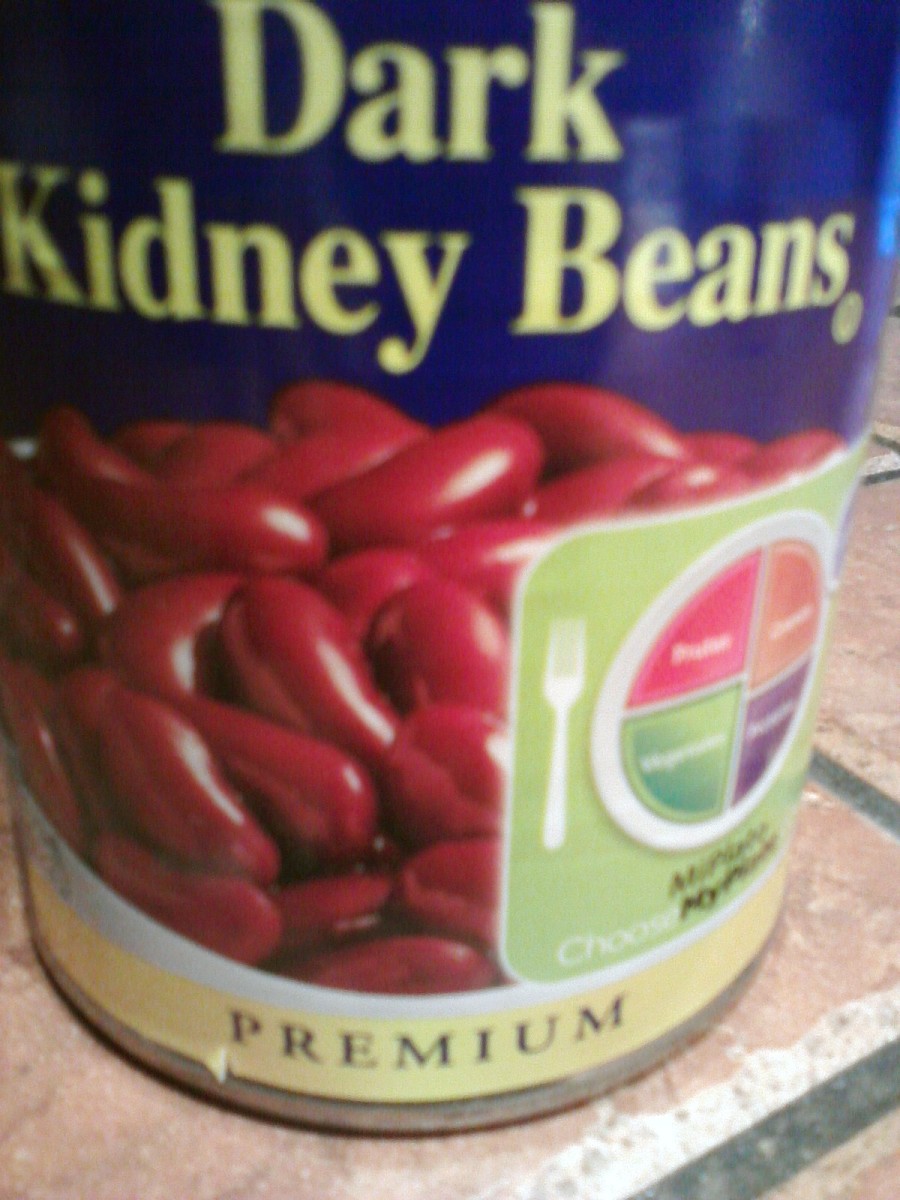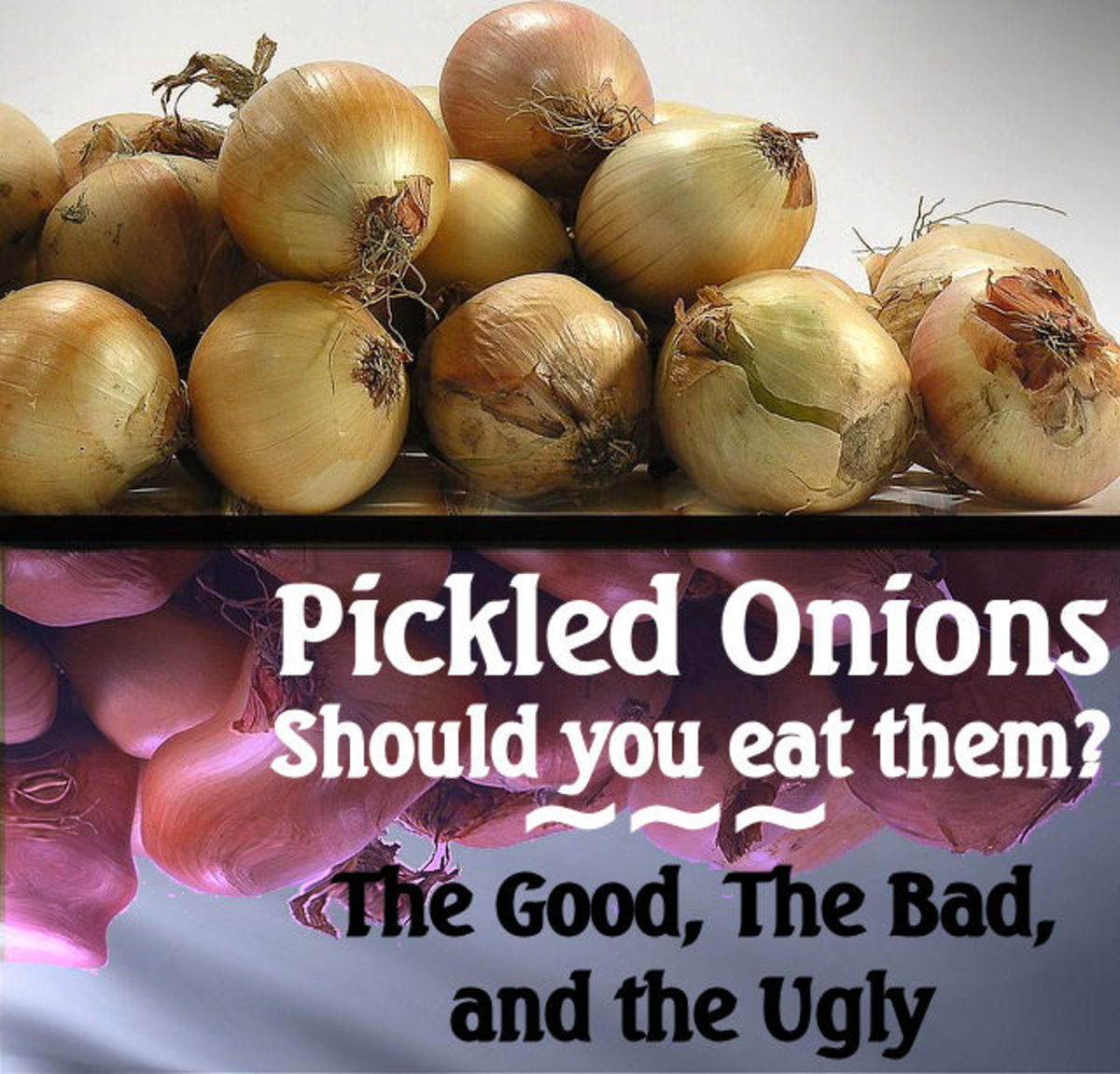A Cook's Guide to Winter Squashes
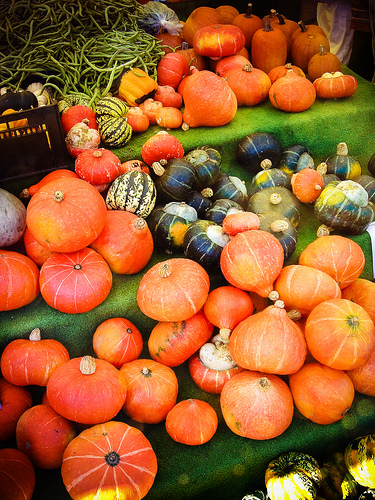
Winter squash, summer squash, acorn squash, zucchini, butternut squash – it’s enough to give a cook a headache! Hopefully, this article will help clear up some of the confusion revolving around the different varieties of squashes.
First of all, squash is divided into two major categories: summer squash and winter squash. Summer squash is planted in the early spring and is ready to harvest in late spring or early summer, since some varieties take only 45 days to mature. Summer squash doesn’t keep long without being canned or frozen.
Winter squash is usually planted in the spring, also, but it takes much longer to mature. In fact, some varieties require as long as four months. In that case, squash planted on May 1st will be ready to harvest on September 1st. Because of winter squashes’ thick skin, they store well without freezing or canning. Many winter squash varieties harvested in the early fall will still be good to eat in the winter. Hence the name.
Many of use colorful winter squashes as decorations in the fall, but not all of us actually eat the flesh. They’re delicious, and they provide lots of healthy benefits. They’re a good source of beta carotene, vitamin C, potassium, fiber, folate, manganese, omega-3 fatty acids, tryptophan, copper, and vitamins B1, B3, B5, and B6. And you get all these great benefits for about 80 calories per serving!
There are many wonderful, attractive, interesting varieties of winter squash. Below are some of the most popular.
Popular Winer Squash Varieties
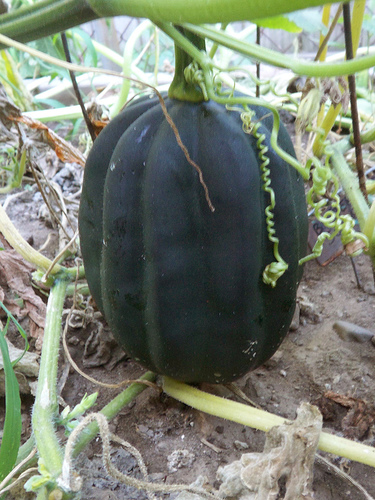
Acorn Squash
Acorn – an acorn-shaped squash with sweet, slightly peppery flesh. Excellent for drizzling with maple syrup and baking. Select fruits that weigh 3 pounds or less. Green varieties and yellow varieties can be found. Available all year.
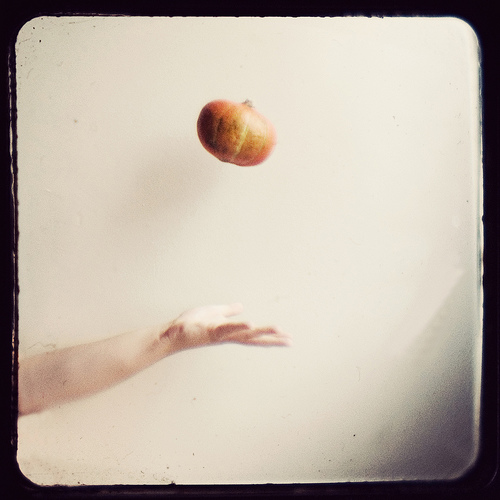
Ambercup Squash
Ambercup – a round squash with bright orange flesh. Its sweet flesh is best roasted with butter. These squash have a very long shelf life. Available June-November.
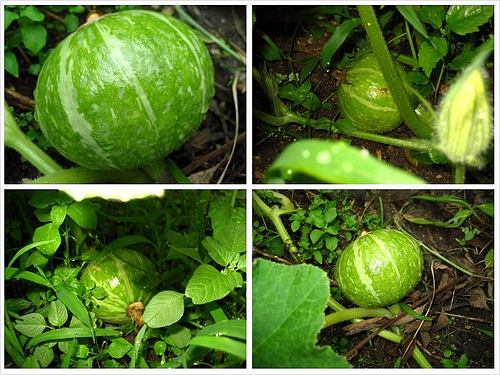
Autumncup Squash
Autumncup – a round squash with sweet golden flesh. Choose fruits that weigh about 3 pounds. This squash is wonderful when pureed with chicken broth and sage. Available September-December.
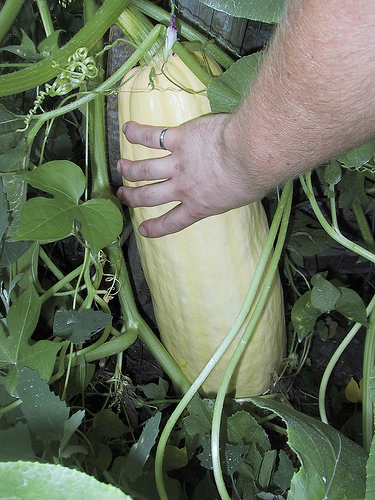
Banana Squash
Banana squash – a large oblong squash with sweet orange flesh and a nice texture. Great when steamed with butter and fresh herbs. Available all year, but the peak season is July-October.
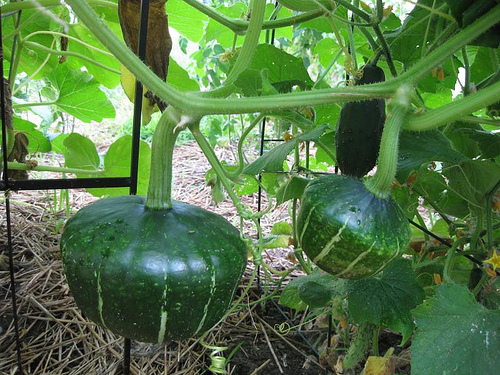
Buttercup Squash
Buttercup squash - a round squash with a sweet potato-like taste. This is one of the sweetest of the winter squash. Excellent for baking, pureeing, mashing, and stuffing. Available all year but best October-January.
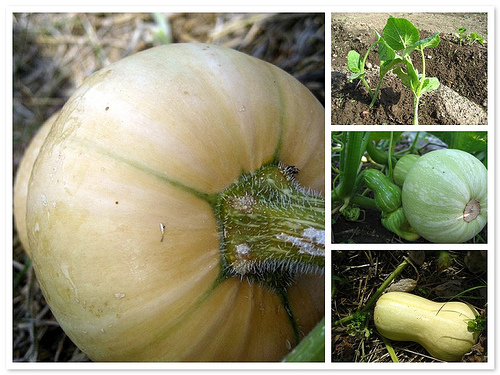
Butternut Squash
Butternut squash – a pear-shaped squash with a nutty, sweet potato-like flavor. Choose fruits that weigh under 6 pounds and have a deep orangey color. Great to use in soups and for baking. Available all year but most abundant October-January.
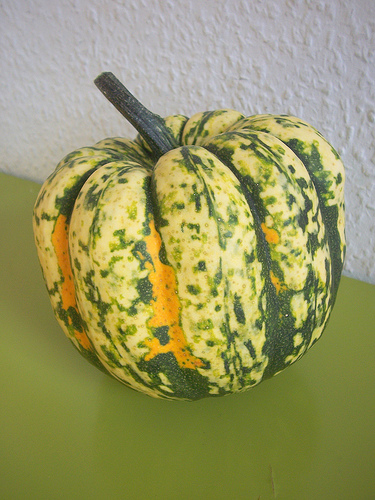
Carnival Squash
Carnival squash – a brightly colored round squash with yellow flesh. It tastes similar to sweet potatoes and is good in soups and baked. Available all year but most abundant August-October.
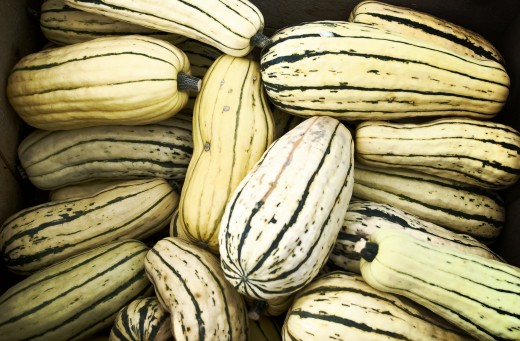
Delicata Squash
Delicata squash – a very old squash variety with an edible skin. The creamy flesh tastes somewhat like corn. Try it mashed, with butter and cream. Choose fruits that are less than 11 inches long. Available all year but best August-October.
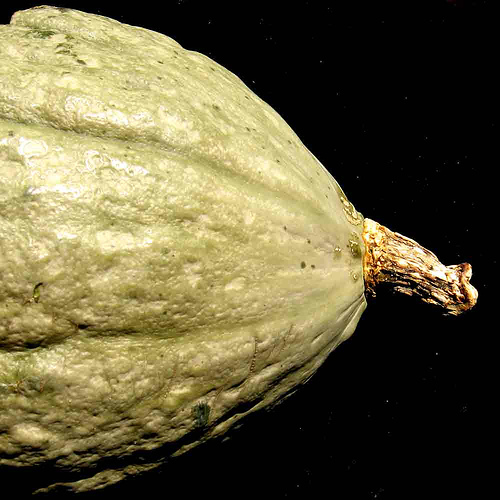
Hubbard Squash
Hubbard squash – very large squash with thick, warty skins. The moist yellow flesh is dense, with a mild flavor. They’re not as sweet as other varieties, but with added sugar, they make wonderful pies. It’s also delicious when baked with apples, brown sugar, and pecans. Hubbard squash is available in three sub-types: green, golden, and grey. Mature Hubbards can be stored for up to six months. Available all year, but the peak season is October-February.
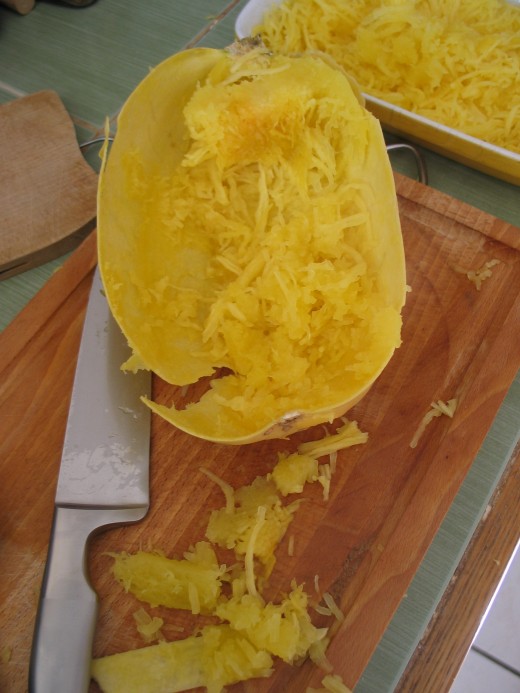
Spaghetti Squash
Spaghetti squash – an oblong squash with a mild, slightly nutty flavor. Its stringy flesh resembles noodles and is often served with spaghetti sauce. Choose fruits with a deeper golden color. Available year round. Peak season is October-February.
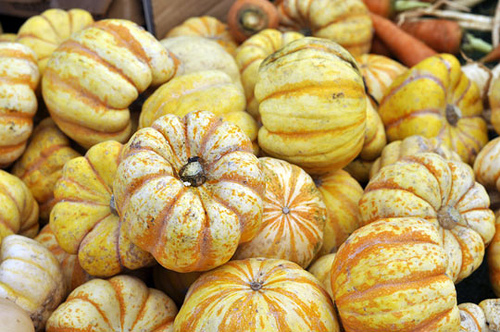
Sweet Dumpling Squash
Sweet dumpling squash – a very small round squash. Its sweet, creamy flesh and its diminutive size make it perfect for individual servings when baked whole. Available September-December.
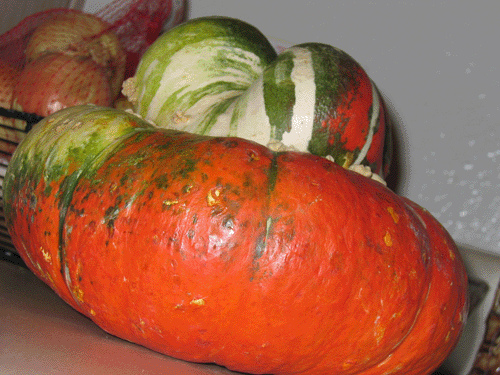
Turban Squash
Turban squash – a large bulbous squash that tastes like a combination of pumpkin and nuts. Its bright autumn colors make it a favorite for Thanksgiving centerpieces and decorations. Great baked or made into a soup. Available all year but most abundant August-October.
How to Select Winter Squash
Winter squash should have a tough, thick skin, and the stem should be hard. Examine the squash for holes, blemishes, indentions, and mold. Pick the squash up – it should be heavy for its size. The skin shouldn’t be glossy. Fruits with a deeper, more developed color will have sweeter flesh.
Some winter squash varieties are inherently misshapen, with wart-like growths. Don’t let this influence your decision. These might seem like imperfections, but they’re not.
How to Store Winter Squash
Winter squash can keep for months if properly stored. Store in a cool, dry location, away from direct sunlight. The squash should have proper ventilation on all sides. The ideal temperature for storage is 50-60 degrees Fahrenheit.
Winter squash can also be frozen. To freeze, peel and cook the squash until completely done. Drain away any water, mash the squash, and allow it to cook. Place in boxes or bags and freeze. Your squash should keep for at least six months in the freezer.
To learn more about handling winter squashes, watch the video below.
For recipes using winter squash, click the links below the video.
Winter squash recipes:
- Holle's Hubbard Squash Pie
You probably don't usually think of squash baked into a pie, but this is a delicious concoction. A Hubbard squash isn't the most attractive vegetable. Most have hard, wrinkled skin and lots of warty... - Southern Cooking School: Praline Butternut Squash
Learn to make this in my Southern cooking school! As Ive told you before, here in the Deep South we look for all kinds of ways to use pecans because we have so many. One day I baked a butternut... - Southern Cooking School: Maple Glazed Acorn Squash
Learn to cook acorn squash in my Southern cooking school! Acorn squashyou know, those pretty dark green acorn-shaped squash that you buy to use for fall decorations but rarely actually eat. If...



